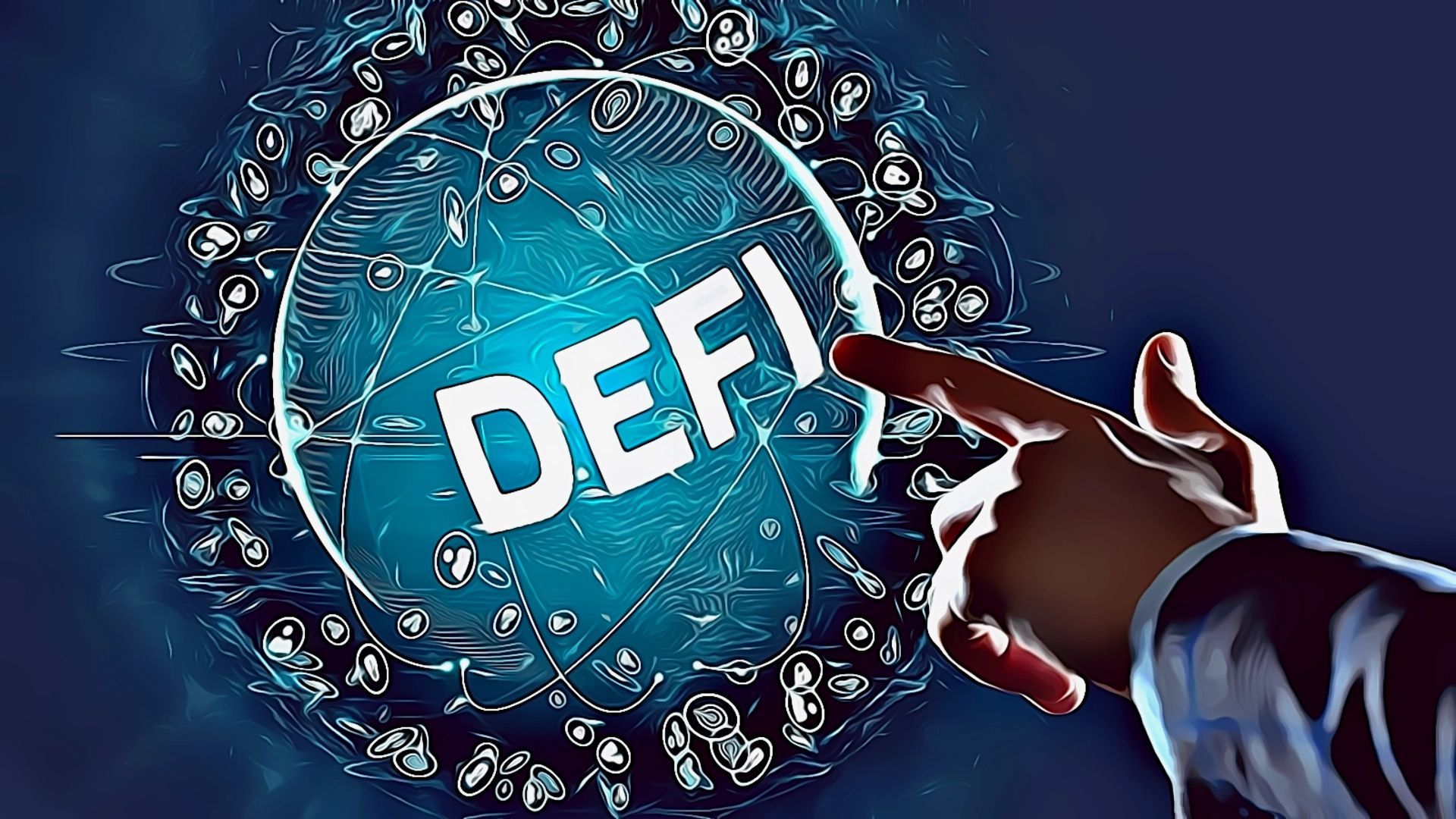Crypto and DeFi have become much more common and mainstream than just a couple of years ago, reaching broad aspects of finance and commerce and even being recognized as governmental currency in El Salvador.
And those trends will only accelerate in the coming years.
DeFi stands for Decentralized Finance and is stored on an electronic ledger without any central authority like a federal regulatory agency or bank.
Crypto is shorthand for cryptocurrency, which is a form of currency that derives value from the supply and demand on a coin which is an electronic tool to aid in transactions between two parties.
Even in light of the FTX controversy that saw the third-largest crypto exchange go belly-up almost overnight, crypto and DeFi will only grow in use and popularity.
FTX was an exchange run by CEO Sam Bankman-Fried, known as SBF, and he ran the exchange like a Ponzi scheme, embezzling millions along the way. There were pensions, individual investors, and others that were allegedly defrauded by SBF’s actions and mismanagement.
The suddenness of the FTX collapse had ripple effects on the entire DeFi market, and crypto prices cratered. As a result, the collapse of such a significant exchange ended up driving those investments into bear market territory as a result.
The hangover that the FTX collapse has caused is that the likelihood of government oversight and regulation may be on the horizon.
But analysts and experts are tooting the horn of DeFi as the future of financial transactions, comparing it to the internet in availability and proliferation in all aspects of global societies.
None other than Nasdaq recently published an article touting the inclusion of DeFi in the future as a primary form of financial transactions. The financial industry sees DeFi not as a threat to traditional finance but as an additional way to serve consumers, including better access to funding for traditionally marginalized borrowers.
Ways To Invest With DeFi
Getting in on the ground floor with DeFi is already too late, as it has been a financial product for over a decade.
With the launch of Bitcoin in 2009, DeFi became an opportunity for casual and individual investors to take advantage of lower transaction costs and interest rates as the decentralized nature of the coins eliminates third-party fees such as from banks and other traditional financial institutions.
To discover various investment options in DeFi, you can choose typical strategies like buy and hold (known as HODL), Yield Farming, NFTs, and Affiliate Opportunities.
HODL: HODL is short-hand for holding crypto while it appreciates before selling. HODL is an industry joke created by a simple typo that has stuck with investors to showcase the perceived differences between DeFi and traditional finance.
In this strategy, an investor would buy crypto and hold it for a couple of years while the value of the coin increases before looking to cash in on the new, higher value.
Yield Farming: For investors looking to hold their crypto and make residual income on idle coins, there is a strategy known as crypto yield farming.
With yield farming techniques, a person will agree to lock their coins at a specific value and loan them out to other users in return for an agreed amount. During the time the coin is locked if the value increases or decreases is insignificant to the owner.
For example, if you own Bitcoin and lock the coin at a set price, say $30,000. If the value of the coin increases during the lock, you don’t get more returns on loan. Similarly, if the coin’s value decreases during that time, you don’t lose the agreed value at the time of the agreement.
The problem is that if there is a lot of volatility on the coins during the time period you are yield farming, you lose out on the increased value or lose money once it’s unlocked. So if you’re trying to unload the coin at peak price, you’re out of luck until the coin can be transferred or sold.
NFTs: NFTs stand for non-fungible tokens, DeFi products that are electronic in nature and cannot be replicated. The value of NFTs is based on the token’s exclusivity and is often a picture or other image that cannot be duplicated.
Affiliate Sales: A recent investment method in DeFi products includes affiliate opportunities. With affiliate sales, a content producer or website owner adds a third-party link to an NFT.
Once the NFT is purchased through the link on their pages, the seller will receive a residual.
The residual payment is often about 6% of the value of the NFT at the time of purchase.
The future of DeFi is becoming more and more apparent. Traditional lenders to the average investor are looking at DeFi as an opportunity to improve their investment strategies.
Image Source: photonphoto/123RF // Image Effects by Colorcinch

